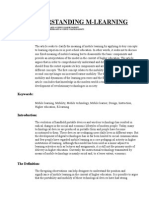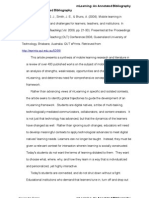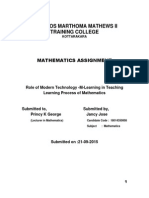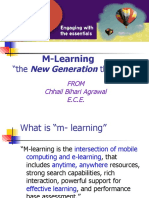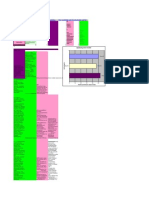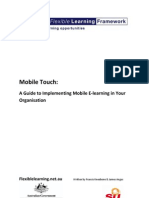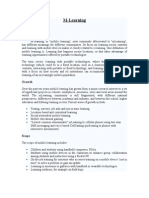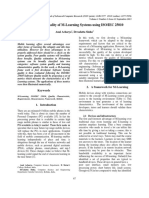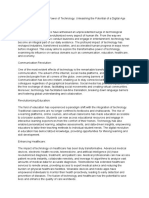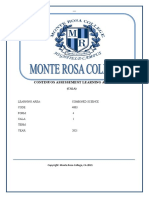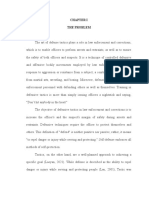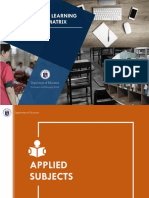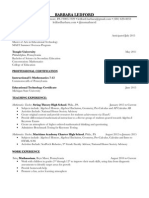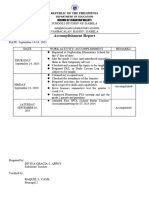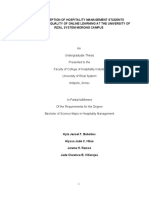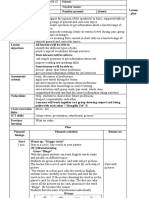0% found this document useful (0 votes)
72 views2 pagesBlog
The document discusses the rise of mLearning and how it differs from eLearning. mLearning refers to learning delivered on mobile devices like smartphones and allows for "just-in-time" learning anywhere. While mLearning has benefits over eLearning like increased access, it also faces challenges around retaining knowledge from brief sessions and ensuring compatibility across devices. The future of mLearning could see an "mLearning 2.0" that addresses these issues through open standards like HTML5.
Uploaded by
prakritinCopyright
© Attribution Non-Commercial (BY-NC)
We take content rights seriously. If you suspect this is your content, claim it here.
Available Formats
Download as DOCX, PDF, TXT or read online on Scribd
0% found this document useful (0 votes)
72 views2 pagesBlog
The document discusses the rise of mLearning and how it differs from eLearning. mLearning refers to learning delivered on mobile devices like smartphones and allows for "just-in-time" learning anywhere. While mLearning has benefits over eLearning like increased access, it also faces challenges around retaining knowledge from brief sessions and ensuring compatibility across devices. The future of mLearning could see an "mLearning 2.0" that addresses these issues through open standards like HTML5.
Uploaded by
prakritinCopyright
© Attribution Non-Commercial (BY-NC)
We take content rights seriously. If you suspect this is your content, claim it here.
Available Formats
Download as DOCX, PDF, TXT or read online on Scribd
/ 2


